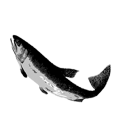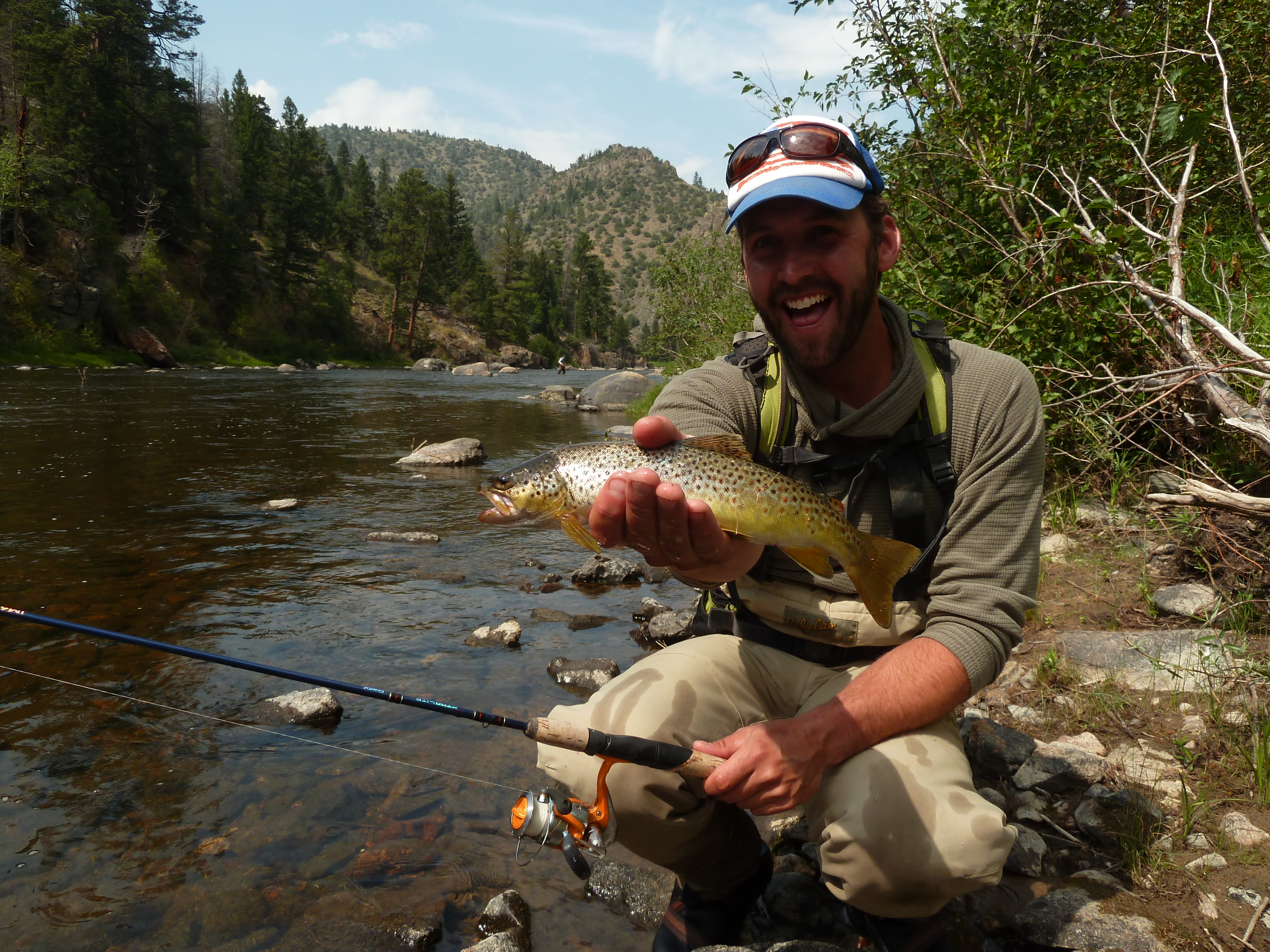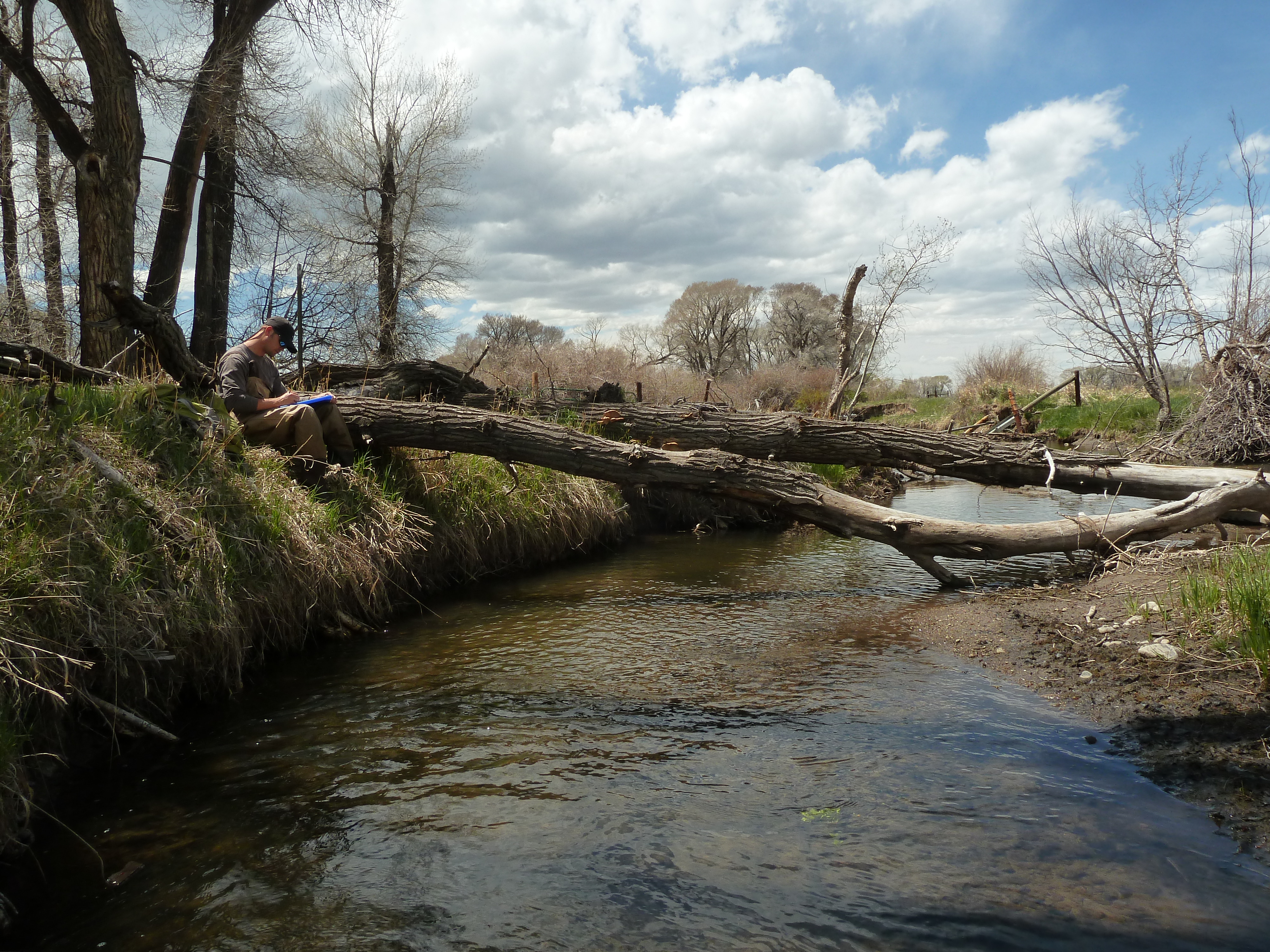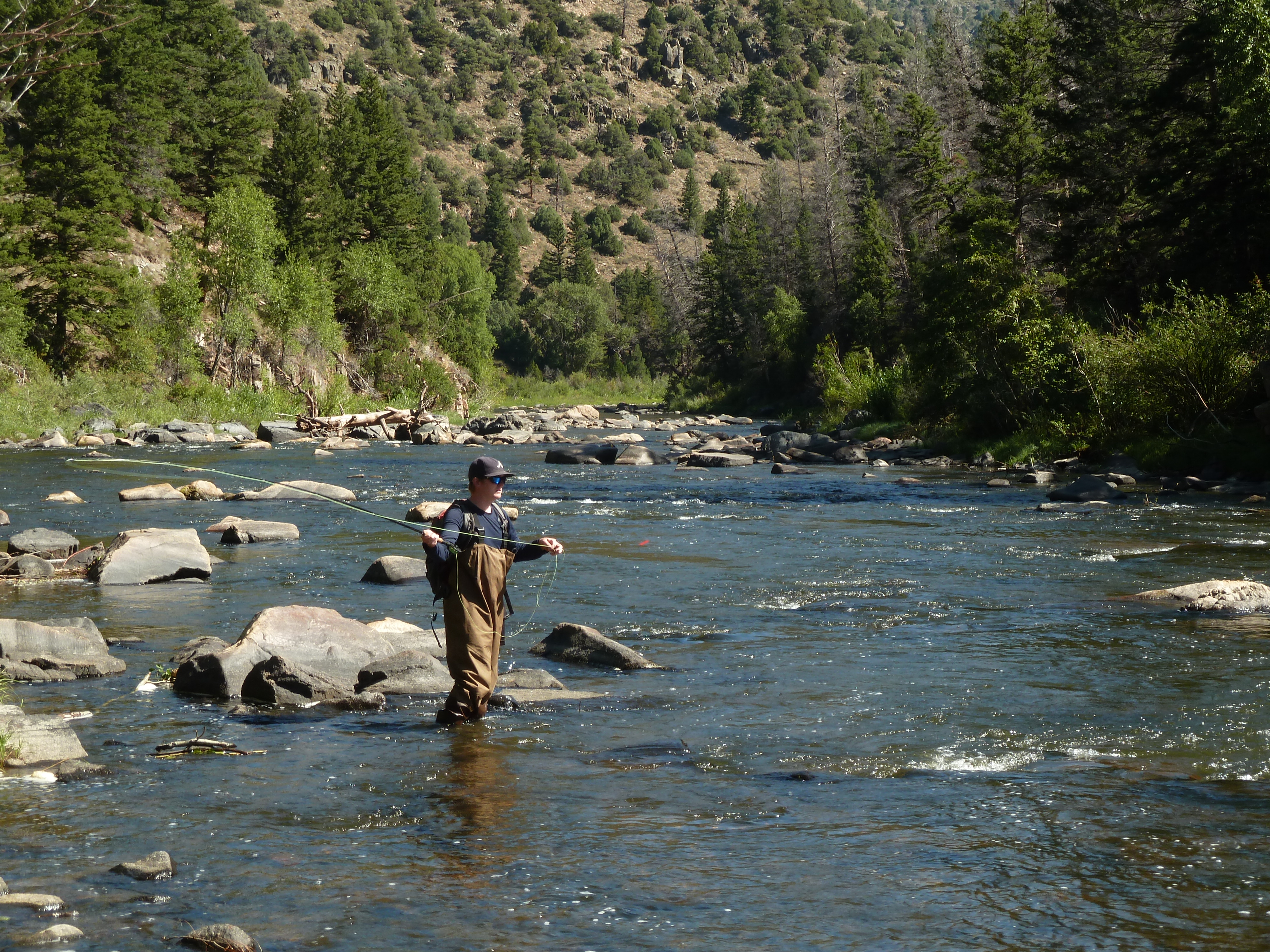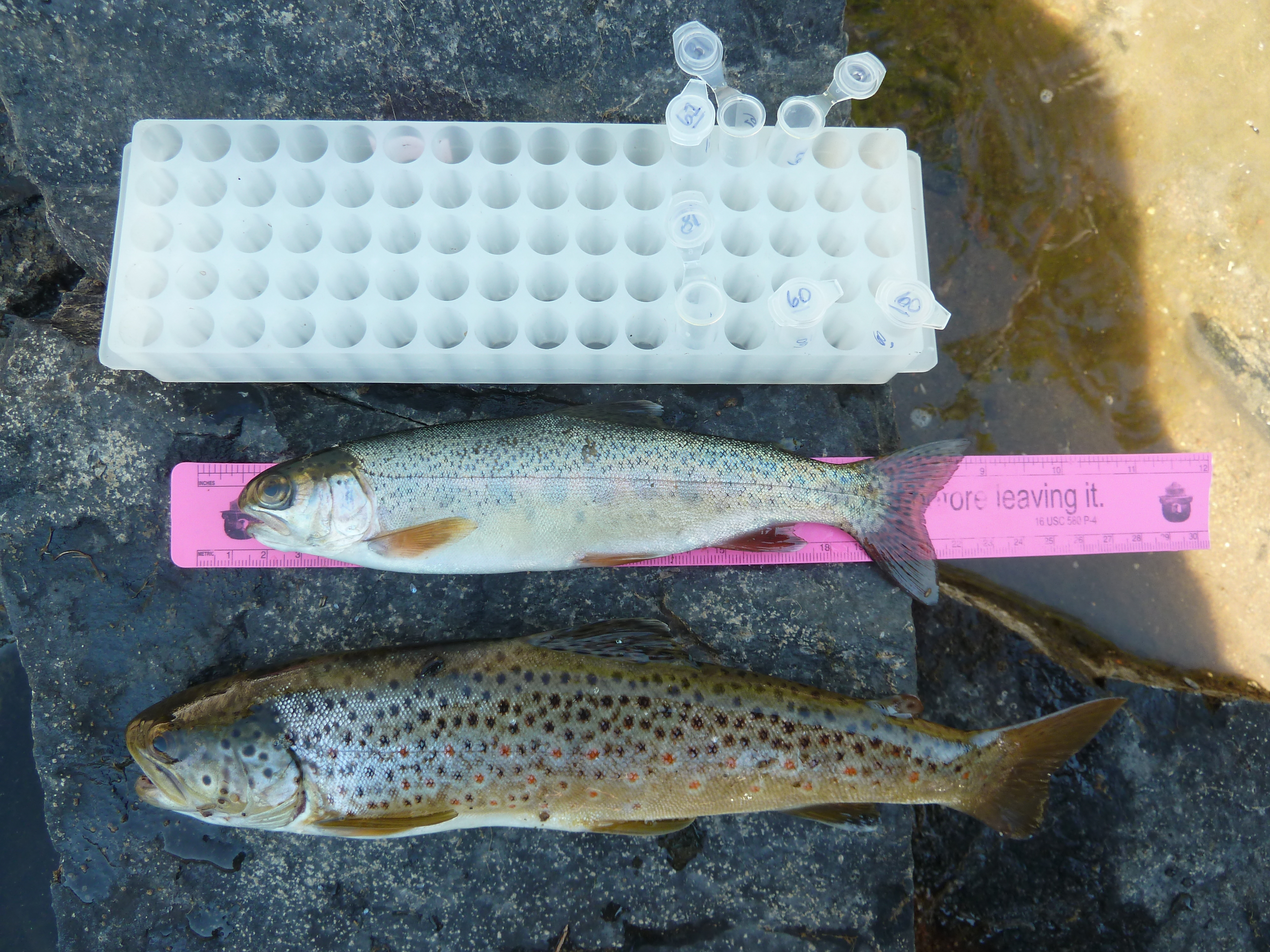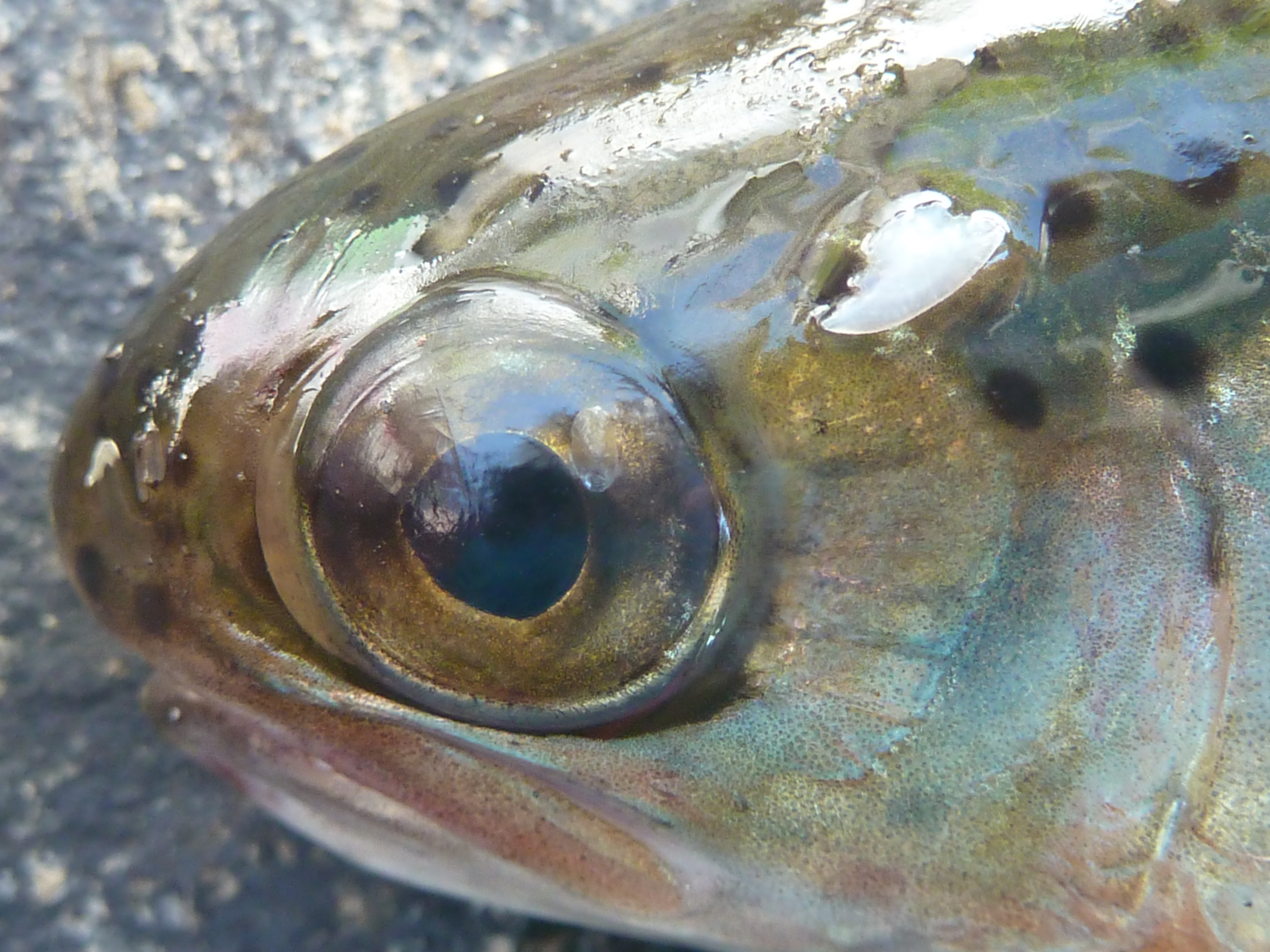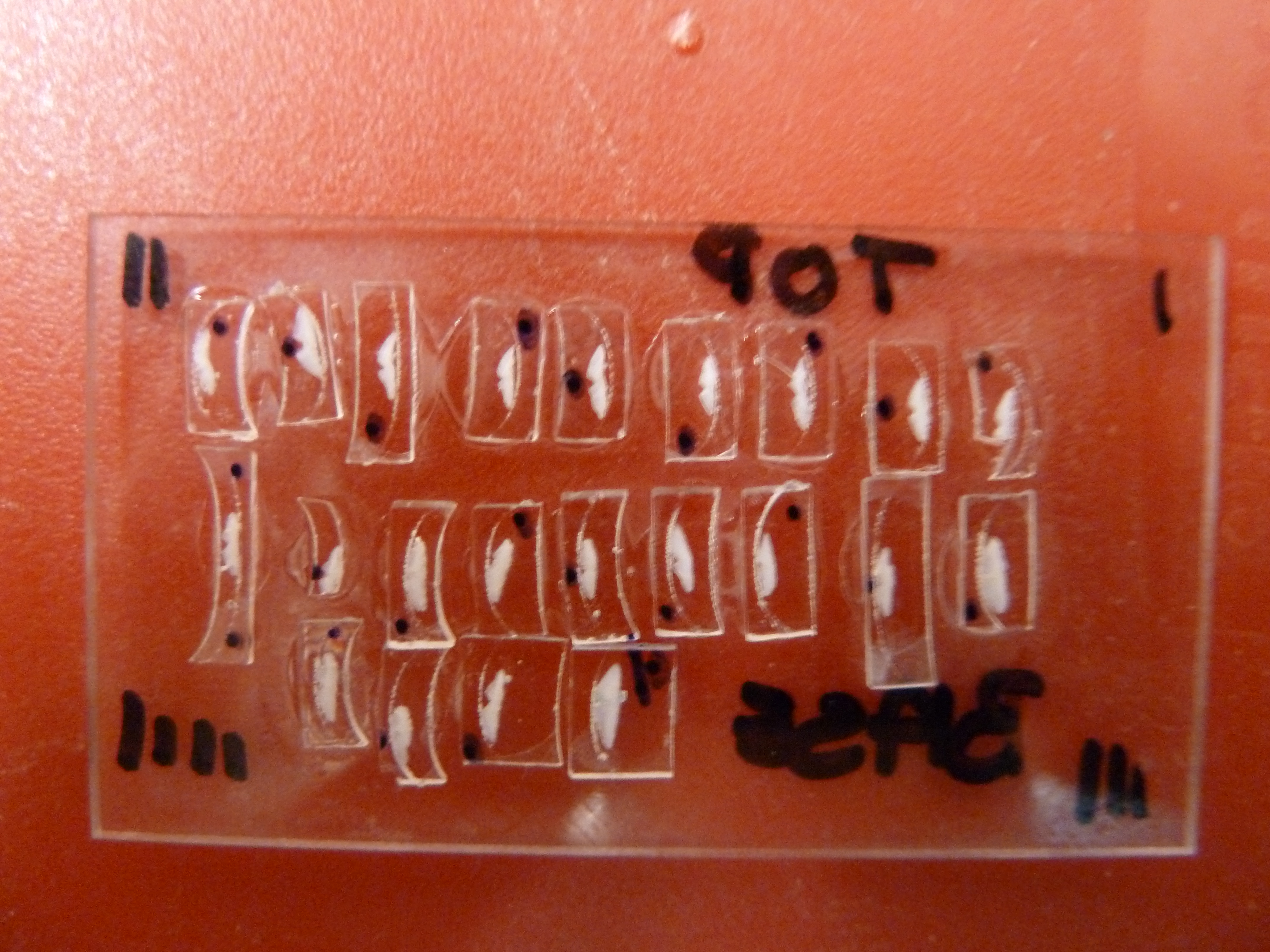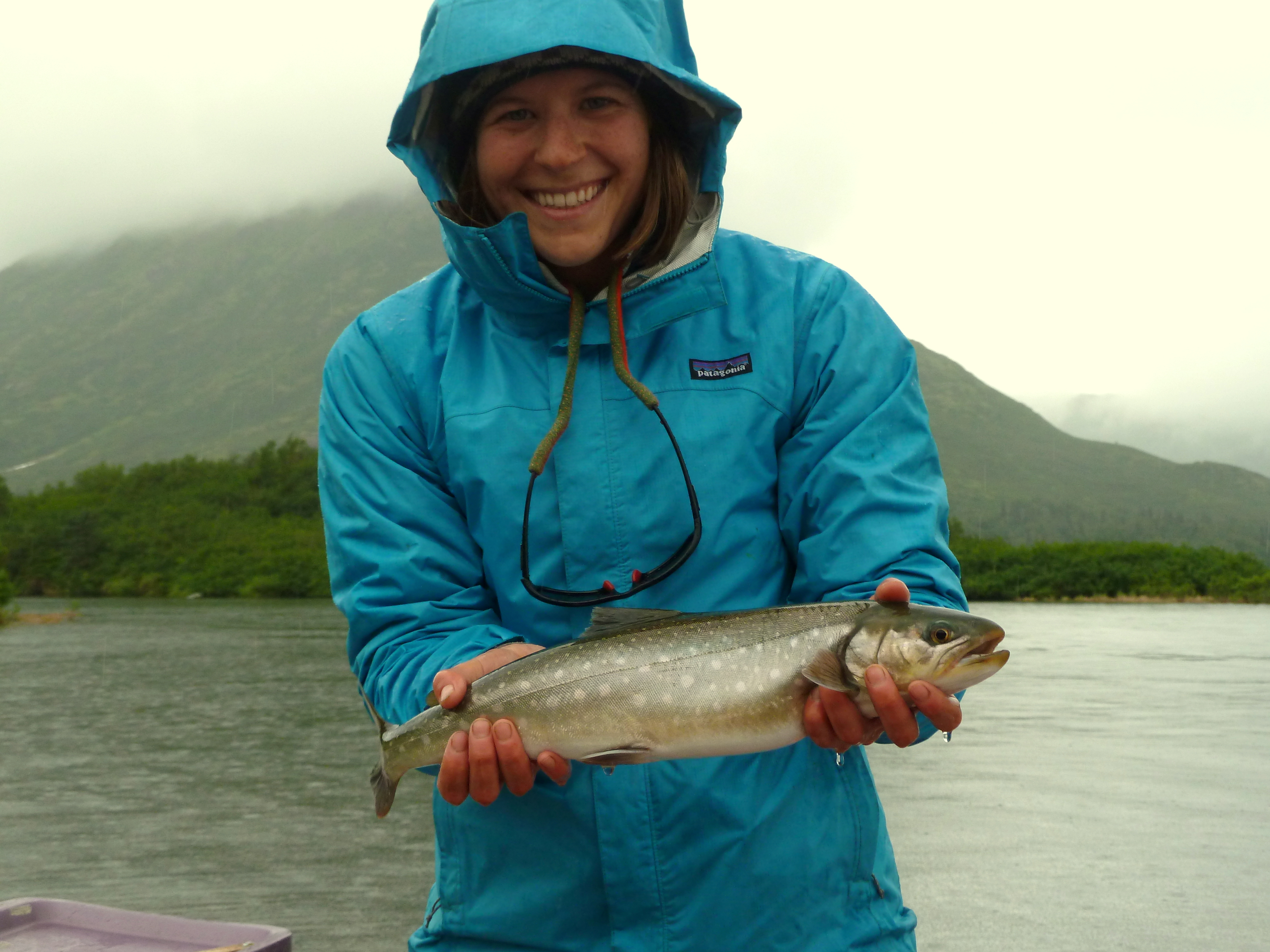The Upper North Platte River Drainage, located south of Saratoga, Wyoming, supports a nationally recognized fishery with 76 miles of the North Platte River and 11 miles of the Encampment Riving being classified as Blue Ribbon stream. The productivity of this fishery is thought to be dependent on accessibility to spawning habitat found in tributaries; however, the location of spawning tributaries and the extent to which they are used is largely unknown. Due to current and future threats to the basin, such as altered flow regimes and water quality degradation, proposed energy development and increased tree mortality, caused by the mountain pine beetle, identifying important spawning habitat will be necessary for continued successful management of this fishery.
Our research aims to estimate the stream of origin and movement patterns of salmonids located within the drainage using chemical markers located in a fish’s otolith. An otolith is a bone located in the fish’s cranial cavity that accumulates rings as a fish grows, similar to the rings on a tree. By determining the chemical signature of each of these rings and matching that signature to water signatures we can determine where a fish has lived throughout its entire life.
The chemical signature we are looking at comes from isotopes of the trace element strontium which is derived from local bedrock. As water flows over bedrock it picks up the strontium and transfers it to streams, then as a fish swims through the water it incorporates the strontium signature into their otoliths. The amount of strontium found in the bedrock and thus across a watershed varies based on a rock’s age, type and weathering rate. The variation in strontium signatures across a landscape allows us to match the strontium signature found in a fish’s otolith to a specific region within a watershed. By comparing strontium values found in tributaries throughout the watershed to strontium values recorded in adult salmonid otoliths collected in the main-stem of the Upper North Platte River we will be able to reconstruct the movement patterns and identify the tributary use of fish throughout their life.
Population specific information provided by this research will directly contribute to focus current and future restoration efforts, improve monitoring programs and help to prioritize management decisions improving the overall success and longevity of a nationally recognized wild trout fishery.
Gallery
Contact
Lindsy Ciepiela, M.S. Student
Department of Zoology and Physiology
Wyoming Cooperative Fish and Wildlife Research Unit
Dept. 3166, 1000 E. University Avenue
Laramie, WY 82070
Annika Walters, Assistant Unit Leader
Fisheries / Assistant Professor
Department of Zoology and Physiology
Wyoming Cooperative Fish and Wildlife Research Unit
Dept. 3166, 1000 E. University Avenue
Laramie, WY 82070
office: 307-766-5473
Project Lead
Funding & Partners
Wyoming Game and Fish Department


